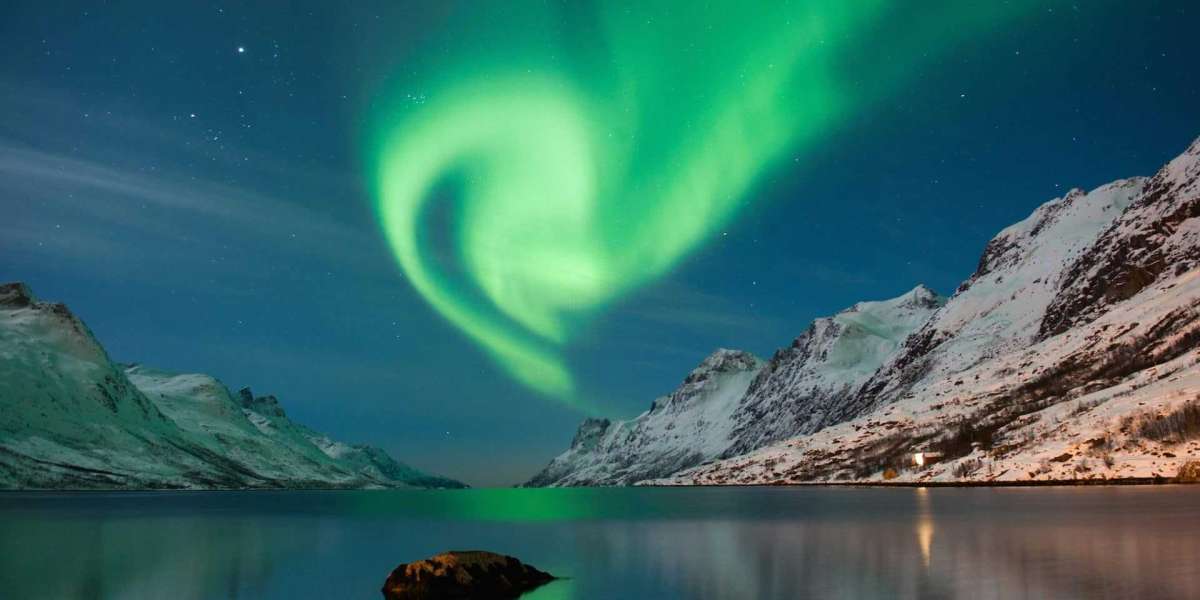The Northern Lights, or Aurora Borealis, represent one of the most stunning visual phenomena on Earth. This dazzling light show has sparked myths and legends across cultures, from Viking beliefs that they were reflections from the shields of warrior maidens to Finnish folklore that described them as caused by a mystical firefox running across the snow. While the stories are beautiful, the scientific explanation behind the aurora is equally compelling. Understanding the cosmic processes that create the lights can deepen our appreciation for the spectacle, transforming it from a simple visual event into a profound connection between our planet and the sun.
The entire process begins approximately 93 million miles away on the surface of the sun. Our star constantly emits a stream of charged particles, primarily electrons and protons, known as the solar wind. During solar storms or coronal mass ejections, the sun hurls vast quantities of these particles into space at incredible speeds. When this solar wind reaches Earth, our planet's magnetic field deflects most of it. However, some particles are channeled towards the magnetic poles, where they interact with the gases in the upper atmosphere.
This interaction is the heart of the aurora. As the solar particles collide with oxygen and nitrogen atoms, they transfer energy to these atoms. To release this excess energy, the atoms emit photons—particles of light. The color of this light depends on the type of gas and the altitude of the collision. Oxygen at high altitudes (over 150 miles) produces rare red auroras, while oxygen at lower altitudes (up to 150 miles) creates the most common green glow. Nitrogen collisions typically result in blue or purple hues. This incredible process is a constant reminder that we are part of a dynamic solar system.
Witnessing this celestial event is a dream for many, and achieving that dream requires being in the right place at the right time. The auroral oval, a ring-shaped zone around the magnetic poles, is where activity is concentrated. This makes destinations within the Arctic Circle, such as Lapland, prime viewing locations. To ensure you have the best possible chance of seeing the lights, planning is key. Engaging with experts who can guide you to optimal viewing spots is invaluable. For a seamless and informed experience, consider looking into comprehensive Northern lights packages that handle the details, allowing you to simply look up and enjoy the cosmic performance.







